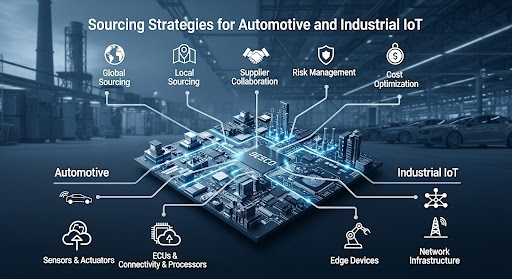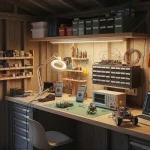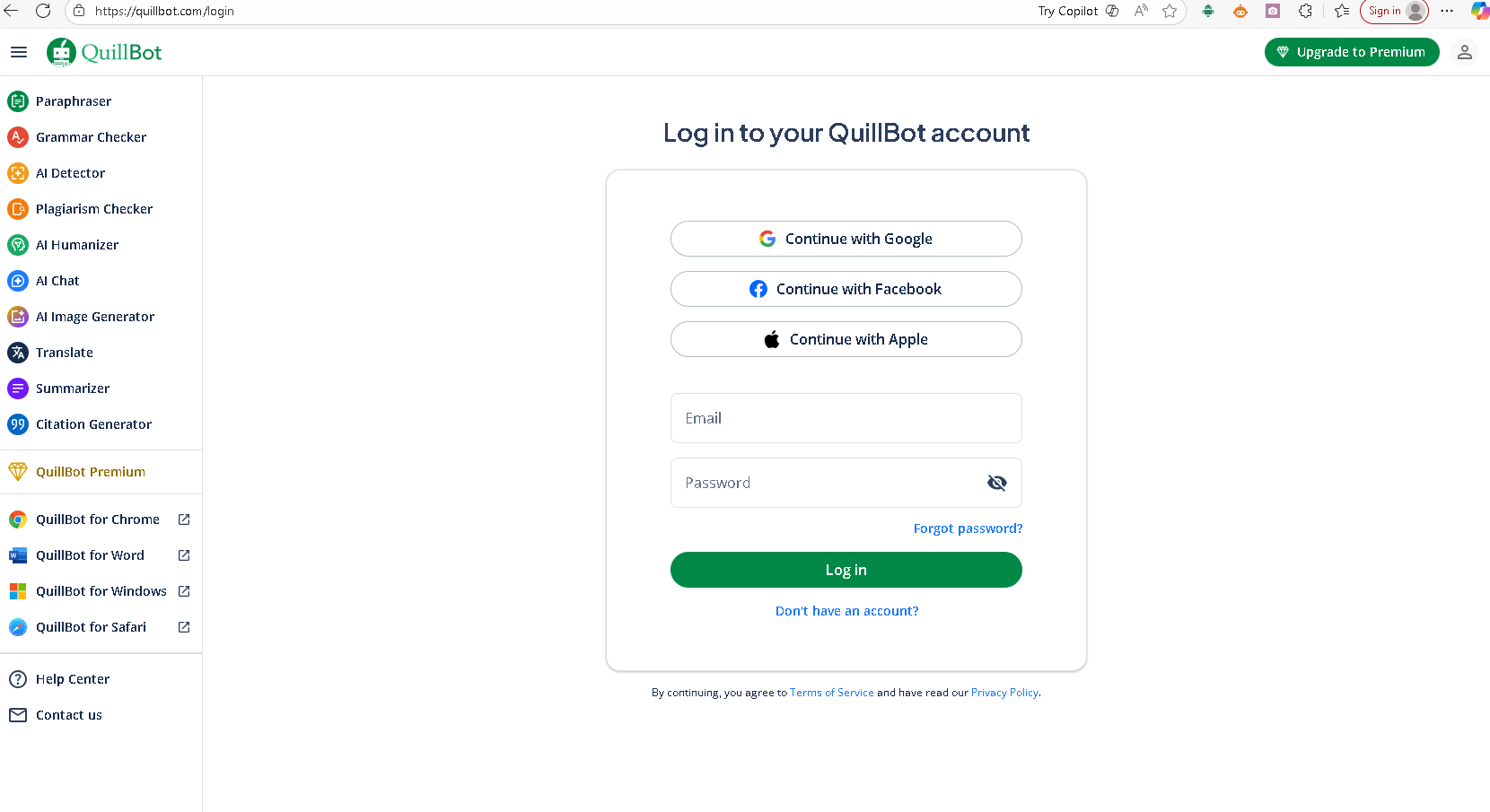
The fast development of Internet of Things (IoT) in the automotive and industrial sector is changing the manner in which manufacturers design, manufacture, and distribute smart devices. These high-tech solutions are very complex and therefore require proper sourcing strategies to make them work out. Interdependent machines of automotive and industrial IoT demand specific elements, innovative production methods, and cooperation with professionals working in diverse fields. The presented blog post explores the main sourcing knowledge in the automotive and industrial IoT and provides effective hints and principles that companies should take into account to streamline their supply chains without compromising quality, innovation, and cost-efficiency.
Table of Contents
Getting to Know the IoT Ecosystem in Automotive and Industrial Sectors
The automotive and industrial IoT is a vast ecosystem that consists of edge devices, sensors, connectivity modules, cloud services, and analytics platforms. The components require different sourcing strategies based on various factors including miniaturization, power saving, environmental sustainability, and high safety standards certification. As an example, automotive Internet of things (IoT) devices usually combine sensor-based devices in the areas of vehicle safety, infotainment, and engine control, which demand highly dependable PCBs (printed circuit boards) that can endure extreme temperatures and shocks.
On the same note, the industrial IoT gadgets are very keen on smart manufacturing, predictive maintenance and automation of the processes and as such it requires components, which are robust to withstand harsh environment and allow a smooth flow of data. With such a diversity it is imperative that the businesses should implement a standardized sourcing model that has the capacity to harmonize and screen suppliers who are binary in the products and technologies in which they are involved. This entails thorough analysis of supply market, capacity of suppliers and the balancing process between the supplier and buyer power to establish sustainable relationships.
Key Sourcing Strategies for Automotive and Industrial IoT
The strategic priorities that companies should pay attention to in order to succeed in sourcing automotive and industrial IoT should be:
First, involve the suppliers at the process of product development. Strategic sourcing is not only about acquisition of components, but also about working jointly with providers who may provide design for manufacturability (DFM) and design for testability (DFT) input. This guarantees that the designs of its products are efficient in production and quality at the beginning.
Second, emphasize quality management system and certification. The automotive and industrial industries require high standards of adherence, including ISO certifications and specific qualifications in the automotive industry. The selection of suppliers who have high quality control mechanisms such as automated inspection apparatus and strong testing procedures will ease the chances of defects and recalls.
Third, give more emphasis to suppliers that have great integration capabilities of their supply chain that can grapple with complicated logistics and large-volume production since the IoT devices are getting smaller and more advanced with closely packed PCBs.
The sourcing of specialized printed circuit boards (PCBs) is a very important element. As an illustration, the companies may turn to German PCB Fabrication Specialists in the case of the need of the highest quality of precision and reliability of automotive electronics. European manufacturers are characterized by high-technical abilities and quality-oriented processes, that can be discussed as according to the strict automotive standards.
Regional Sourcing Insights: Leveraging Global PCB Expertise
Global sourcing presents access to varied strengths in manufacturing. Car and Industry IoT firms usually seek PCB manufacturing centers to achieve cost, quality, and innovation competitive edges.
An example is the Turkey PCB Manufacturing Services which has become a formidable presence and contender in providing custom PCB services with short lead time and low prices to handle mid-volume production batches popular in current IoT projects.
On the same note, the operation of Thailand PCB Production is attracting a growing number of companies that are sensitive to the budget but at the same time require a reliable manufacturing partner addressing the demands of both the budgets and the quality standards of the IoT devices is set to draw a bigger number of companies.
Conversely, the Italian skill is admired around the globe. Cooperation with an Italian PCB Fabrication Company can offer new materials and design methods, especially the RF-intensive IoT use or with advanced thermal management required to sustain the work of devices in harsh industrial environments.
Navigating Common Challenges in IoT Sourcing
Automobile and industrial IoT sourcing does not come easy. IoT devices should be of high quality in terms of power consumption, dependability, and durability and fit into a small size. This increases its complexity in terms of selecting suppliers and production processes.
In order to address these challenges, the companies are advised to ensure open channels of communication throughout their ecosystems, invest in supplier development initiatives and keep upgrading their sourcing strategies in line with technology changes, including automation, AI-powered analytics, and digital supply chain applications.
Sourcing decisions are also affected by the trend towards sustainability. Responsibility to the environment, ethical attitude in suppliers and adherence to changing regulations are emerging as non-negotiable conditions in the selection of suppliers.
Conclusion: Building a Forward-Looking IoT Sourcing Strategy
The development of successful sourcing strategies in the automotive and industrial IoT is far more than cost savings. It is about developing resilient, innovative and sustainable supply networks that are able to respond to swift technological shift. Success cannot be concerned with isolated thinking, i.e. knowing the unique needs of IoT components to utilizing the world manufacturing experiences to use digital transformation in sourcing processes.
Treat your suppliers as development partners to production and maintain strict quality control and seek different sourcing centres across the world in order to acquire competitive advantages.
What is the sourcing problem that you have encountered in your IoT projects? Post in the comments below and share your experiences and insights, and through mutual learning and innovating, we can learn.
RELATED ARTICLES
Latest Articles
 Essential Digital Resources for Graduate…In General
Essential Digital Resources for Graduate…In General Tips for Setting Up an Electronics Works…In General
Tips for Setting Up an Electronics Works…In General Why European Prototyping is Making a Com…In General
Why European Prototyping is Making a Com…In General How to Optimize Your Hardware Supply Cha…In General
How to Optimize Your Hardware Supply Cha…In General Maharani Mahansar Whisky: Heritage, Vari…In Whisky Prices
Maharani Mahansar Whisky: Heritage, Vari…In Whisky Prices Perfect Date Night Ideas to Keep the Spa…In General
Perfect Date Night Ideas to Keep the Spa…In General Bro Code Beer: India’s Most Talked-About…In Beer Prices
Bro Code Beer: India’s Most Talked-About…In Beer Prices Jagermeister 750ml Price in India: Full …In Whisky Prices
Jagermeister 750ml Price in India: Full …In Whisky Prices
stopie.com is a participant in the Amazon Services LLC Associates Program, an affiliate advertising program designed to provide a means for sites to earn advertising fees by advertising and linking to Amazon.com.
Clicking on an Amazon link from stopie.com does not increase the cost of any item you purchase.
We will only ever link to Amazon products that we think our visitors may be interested in and appreciate learning more about.



